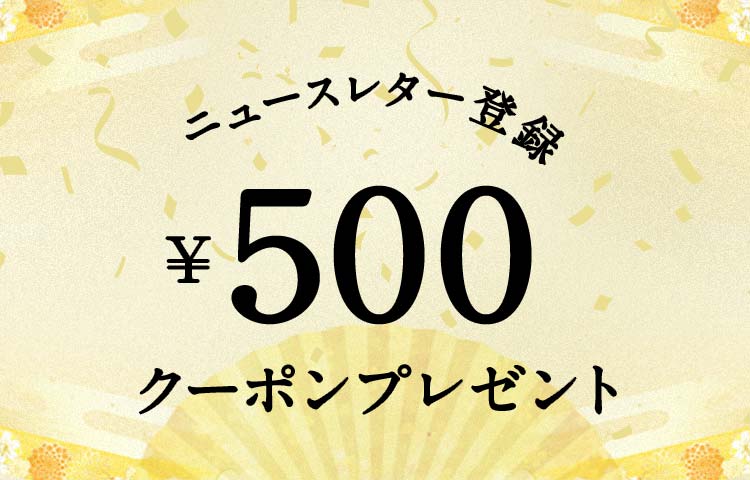
*The pattern may be different from the image shown due to the cutting process
Detail
| Product : | Dashi-fukusa Cloth (Tea-things) (kachoudanmonnishiki) |
|---|---|
| Type : | 出帛紗 |
| Size (cm) : | W27.0 x H28.0 |
| Tags : | 130th anniversary object-3、 stoat、 Wrapping available、 Pattern_Nishiki brocade with flower-and-bird design、 Search_Spring Weekend 2025 Target、 Search_Spring_Weekend_2025_Subject_3、 Autumn Tea Ceremony、 Tea utensils、 fukusa、 |
| Other : | The pattern may be different from the image shown due to the cutting process. Please understand this in advance. |
| Other : | Gift wrapping service available |
Reviews
Description
An item for tea ceremony, good for interior decoration, too.
Patterns
Ka-cho Dan-mon Nishiki(Brocade with Bands of Flowers and Birds Pattern)

Design of this pattern is modeled after a piece of brocade found by the Ohtani Expedition Team (sent during 1902-1914) at the old tomb of Astana in Turpan, China, of which original is kept at the Omiya Library of Ryukoku Univresity, Kyoto. The design consists of six-petalled flowers, plants and a pair of birds facing each other; this set of bands is then repeated in dark and light blue, brown and greenc olors. Calm composition in a design like this appeared in the Da-Li Period (766-779, A.D.) in Tang Dynasty China, after luxurious motifs such as pearl roundel or Pegasus patterns had been prohibited for use. The orignal was probably made in the latter half of the 8th century.
We have woven into refined brocade by our warp-patterned weaving technique instead of the weft-patterned weaving as in the orignal. This piece is certainly a beauty of textile which shall be appreciated for centuries.







